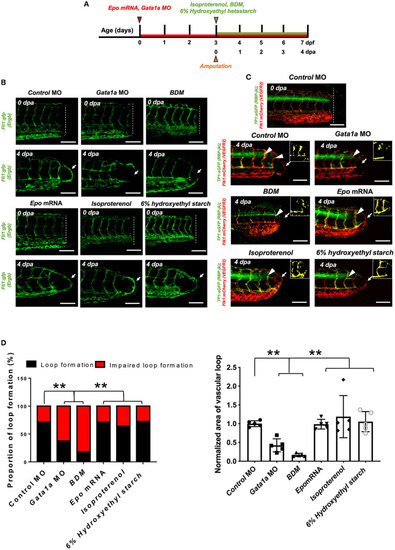Figure 2
- ID
- ZDB-FIG-220406-56
- Publication
- Baek et al., 2022 - Vascular Injury in the Zebrafish Tail Modulates Blood Flow and Peak Wall Shear Stress to Restore Embryonic Circular Network
- Other Figures
- All Figure Page
- Back to All Figure Page
|
Changes in WSS modulate DLAV-PCV loop formation in a Notch-dependent manner. |

